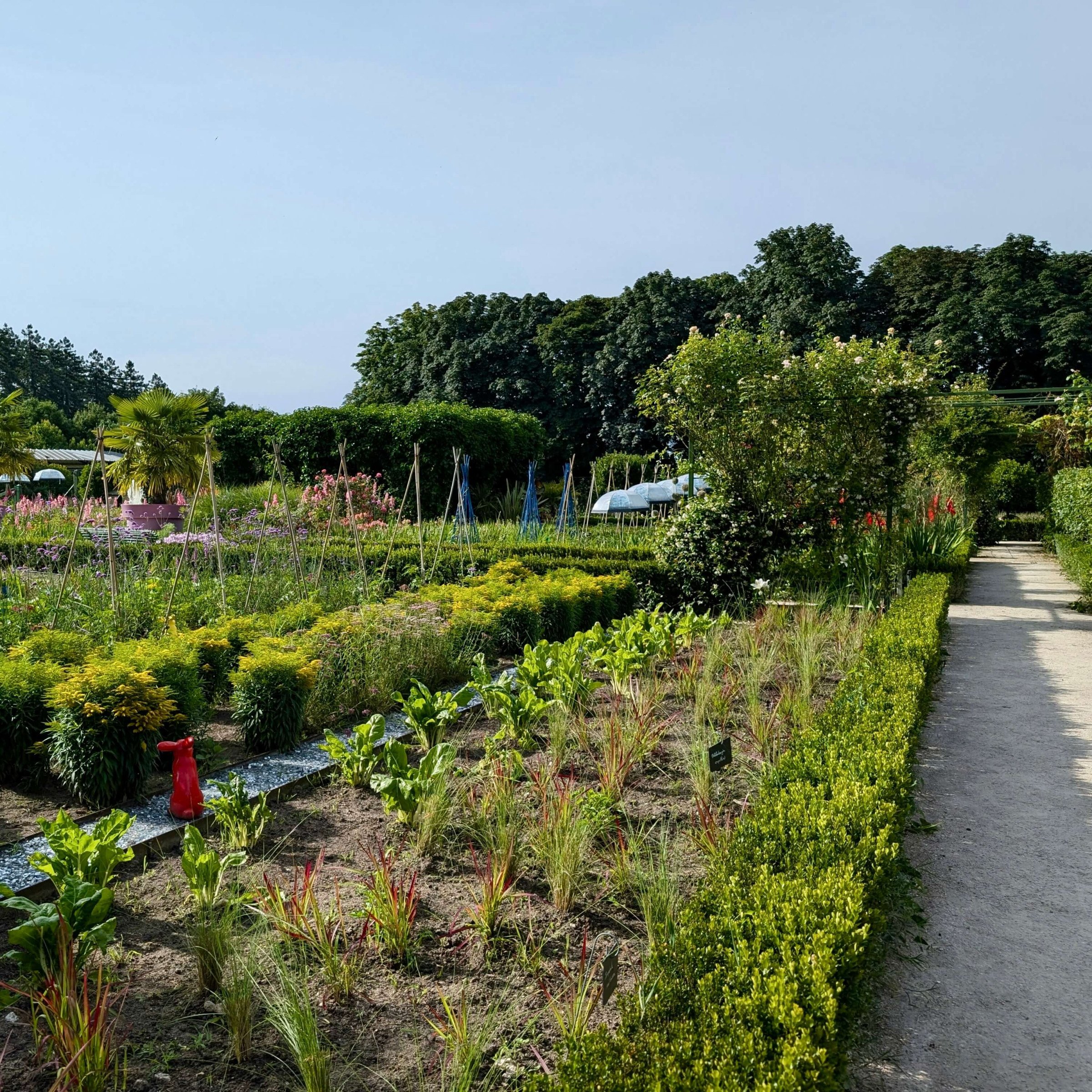Written by Lauren James Budhu
Every year, when Earth Day rolls around in April, you might wonder how you can celebrate our beautiful planet. While there are many things we can do, having a garden is one of the best ways to honor our home. After all, gardens are essential in creating a healthy and sustainable environment– particularly community gardens.
So, what exactly is a community garden? It is defined as a group gardening activity in which vegetables and flowers are grown in a common area within the community to provide free and accessible food, including vegetables and fruits, as well as environmental education and the development of social capital in the community. In the United States, the origins of community gardens trace back to the 1890s, when they were established as a response to various social issues, including economic recession, war, and environmental injustice. The gardens served not only as a means for food production but also as a valuable space for communities to connect and revitalize.
Overall, gardens:
- Help improve air and soil quality;
- Increase biodiversity of plants and animals;
- Reduce “food miles” that are required to transport nutritious food;
- Direct access to nutritious food (in fact, community gardeners have been found to consume fruits and vegetables up to 5.7 times per day, significantly more than their non-gardening counterparts)
- Can replace structures and improve water infiltration in the community;
- Can reduce neighborhood waste through composting;
- Positively impacts the urban microclimate.
Food insecurity is a particularly significant concern in many communities, especially in low-income neighborhoods. With food insecurity rates in some areas higher than national averages, community gardens offer an opportunity to improve access to fresh and healthy food options. By participating in these gardens, families can lower their food security concerns by up to 90%, according to “Community Garden Statistics 2023: Essential Data for Thriving Spaces.” Some rural communities facing limited food access have also benefited from community gardens. In one case, a garden produced a substantial 770 pounds of produce, demonstrating its capacity to provide a bounty of fresh food. That’s awesome!
Any way you slice it, community gardens are good for everyone– and the Earth! According to the American Community Gardening Association (ACGA), communities across the United States and Canada cultivate an estimated 18,000 community gardens, which help absorb carbon dioxide from the air, ultimately transforming it into carbon (organic matter) stored in plant tissues. Plants also provide other ecosystem services, like cleaning outdoor and indoor air. Plants absorb gaseous pollutants such as ozone, nitrogen oxides, and sulfur dioxides, through their leaves when up-taking carbon dioxide for photosynthesis.
Ready to plant a seed for a happier planet? Gardening may appear to be simple, but bringing a community together to plan, cultivate, and maintain a garden requires thoughtful planning and organization. Here are some basic steps to organizing a garden to promote improved public health and the environment:
- Identify a leader or leadership team to organize the project.
- Select a site and prepare it for gardening.
- Organize garden volunteers.
- Create a sign-up process for community members.
- Spread the word about the garden to foster community support.
Garden for good this year and in years to come, or engage in other things that invest in the future of our planet. Learn more ways to celebrate Earth Day with a garden. Here’s to celebrating our beautiful planet!


















